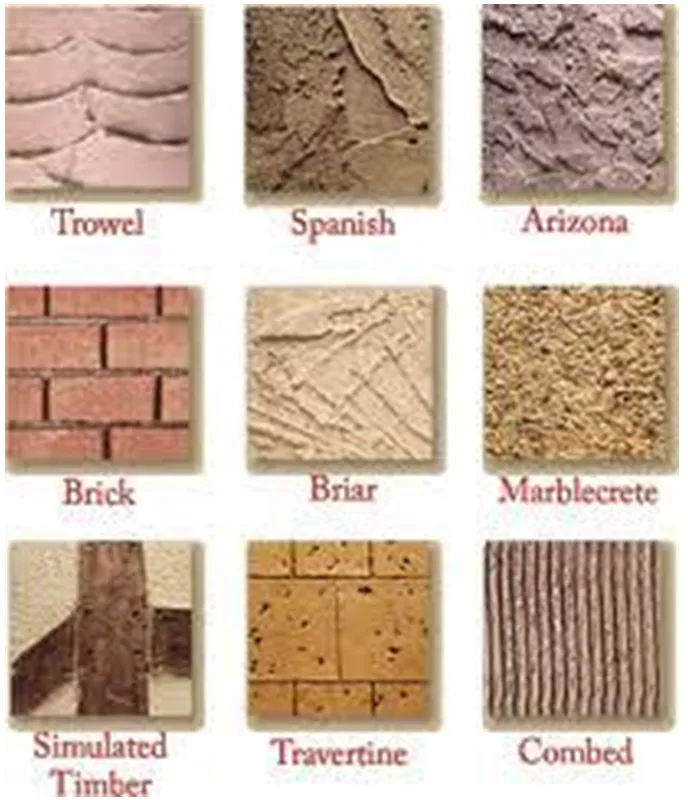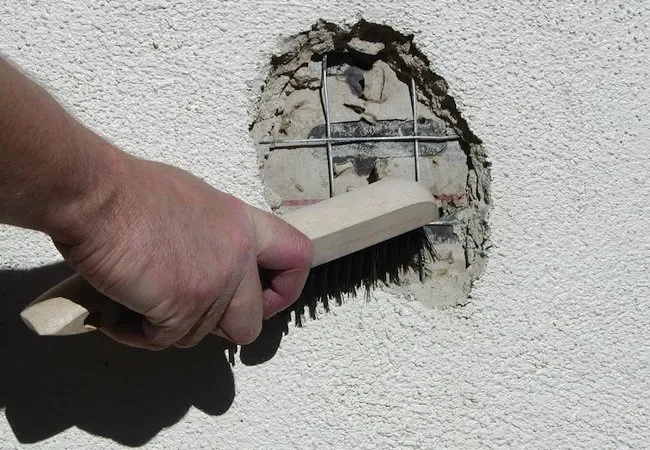Get In Touch With The Best Glass Fiber, Carbon Fiber, Aramid Manufacturer In China
Please fill out the inquiry form on the left and one of our product managers will contact you by phone/email to confirm your request.
- Free samples and best-selling catalogues
- Skilled in OEM&ODM
- Full set of CE, ISO, SGS,BSCI certification
- Factories make high quality at low prices



